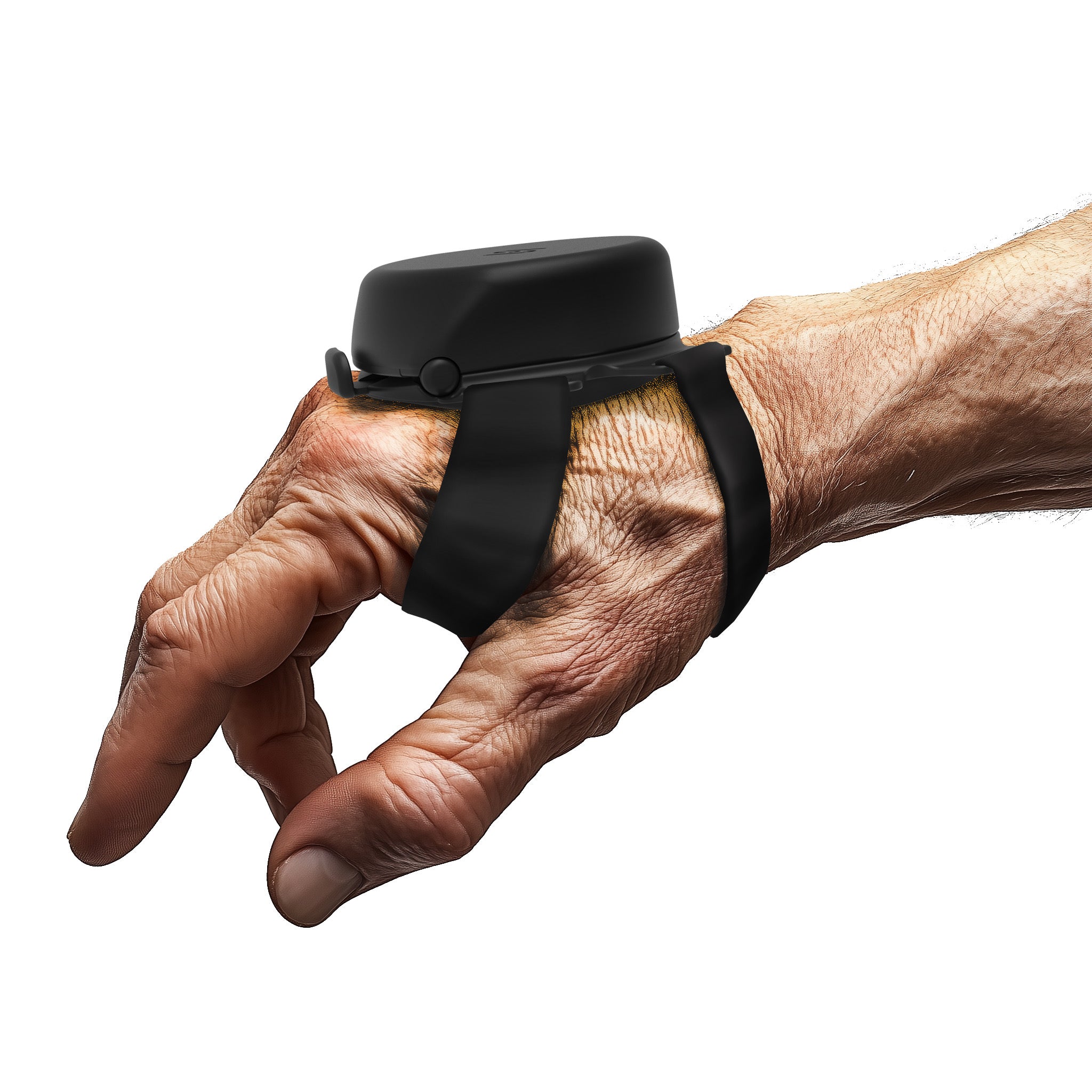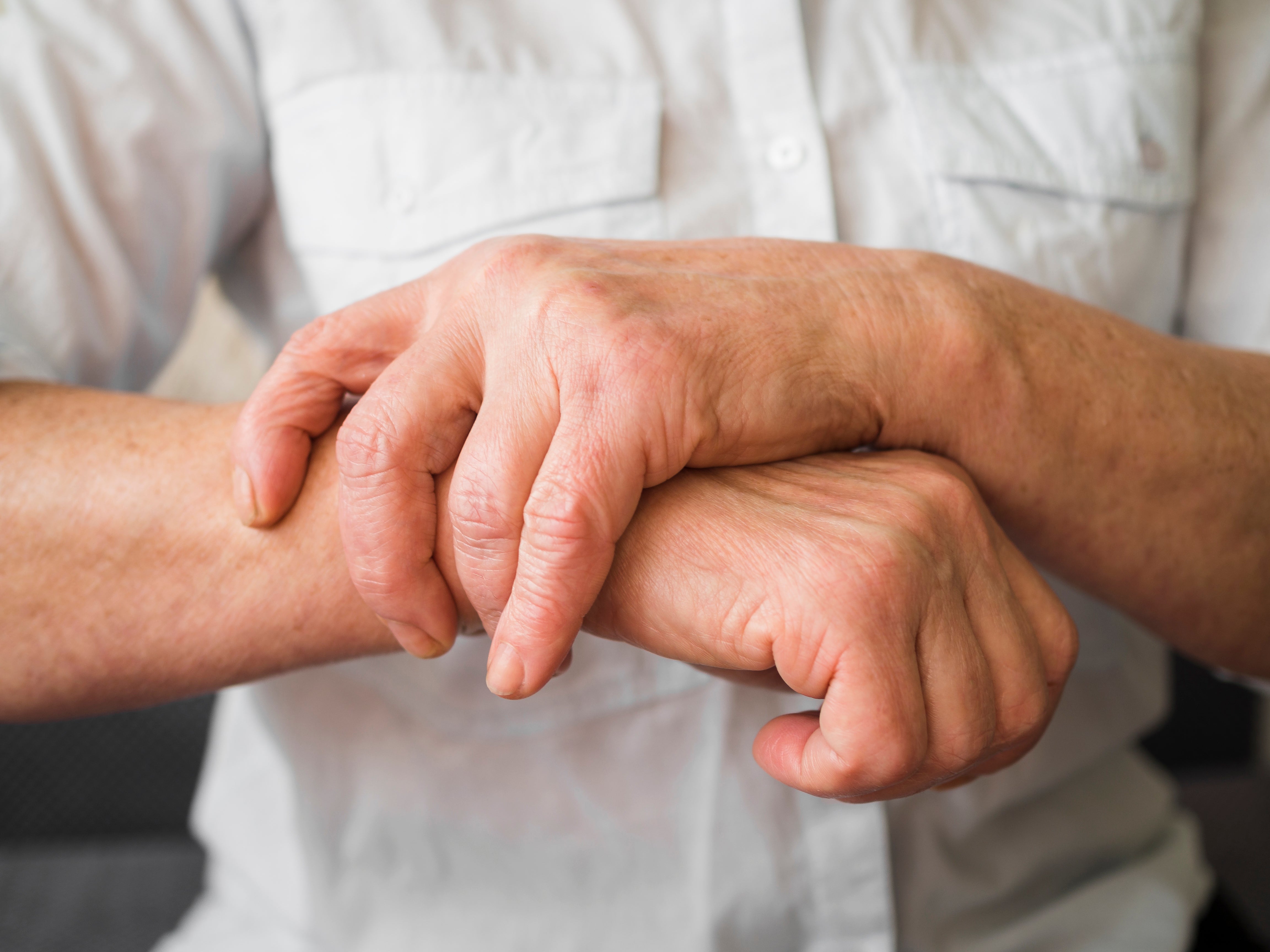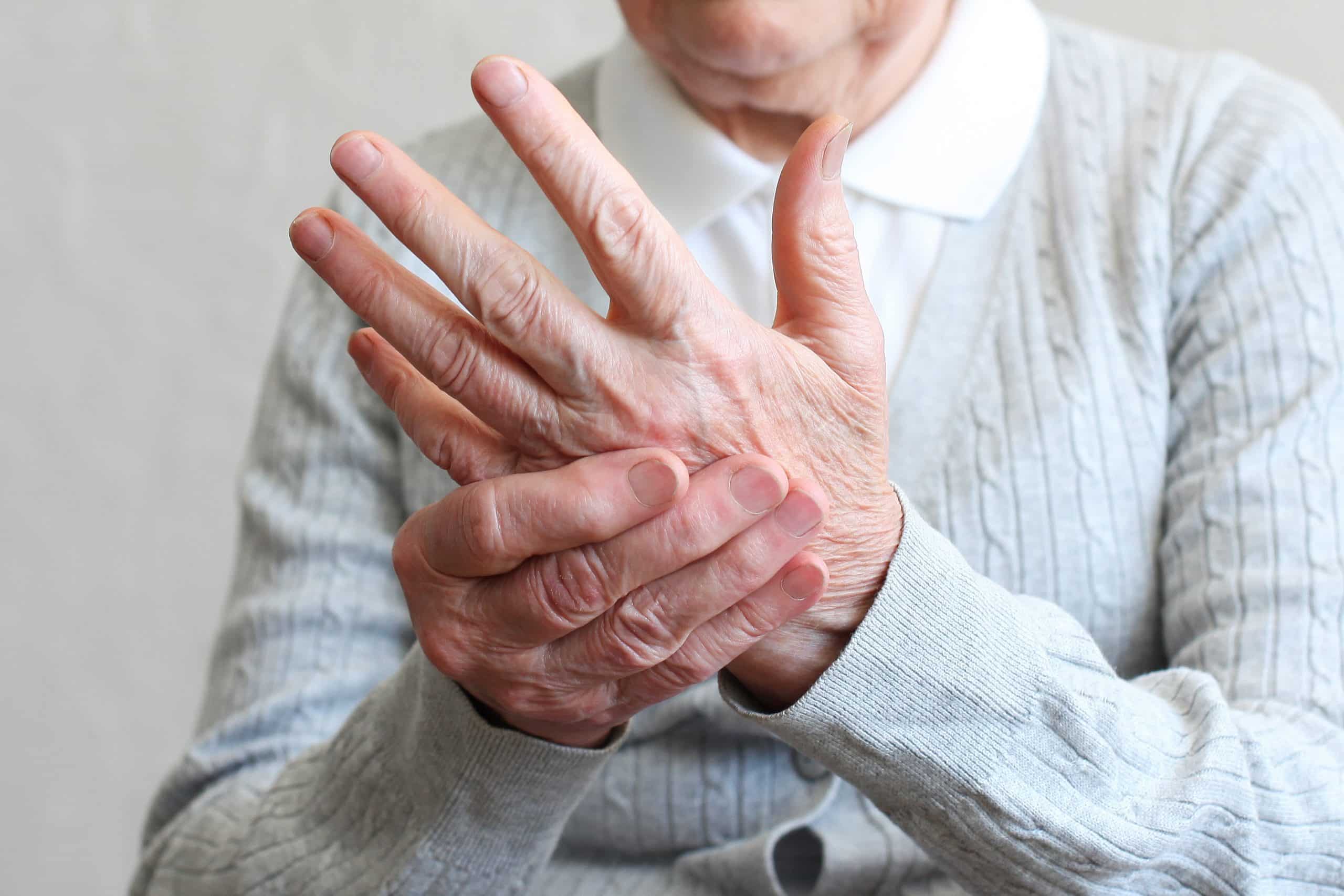The world of assistive devices for hand tremors is vast and continually evolving. These devices range from innovative wearables to specially designed utensils, all aimed at improving the quality of life for individuals with tremors. Let's delve into the journey of these devices, from their conception to their availability in the market.
The Rise of Wearable Assistive Devices
Wearable technology has made significant strides in the realm of tremor management. Devices like the Steadi-Two glove, designed to reduce hand tremors significantly, have garnered attention. This glove, weighing under 1lb, targets wrist tremors and has shown an 85% tremor reduction in daily living activities for 70% of its testers. Another notable mention is the Cala Trio, a neuromodulation device worn on the wrist, sending electrical signals to the brain to modulate tremors. Such advancements underscore the importance of technology in managing and potentially reducing tremor symptoms.
Utensils Designed for Tremor Management
For many, daily tasks like eating can be challenging due to tremors. This has led to the development of utensils for tremors. Weighted utensils, for instance, help stabilize the hand, making tasks like eating, writing, and grooming easier. Brands like ELISpoon, S’up Spoon, and Eatwell Assistive Tableware have introduced a range of tremor utensils. The spoon for shaking hands, such as the Liftware, is another innovative product that stabilizes the user's hand, allowing them to eat with ease. These utensils not only provide functional benefits but also restore a sense of independence and dignity to those affected by tremors.
Sourcing and Availability: The Role of Suppliers
With the rising demand for tremor assistive devices, the role of suppliers becomes crucial. Wholesale tremor glove suppliers in Canada, for instance, play a pivotal role in ensuring that these innovative products reach a wider audience. By collaborating with manufacturers, suppliers ensure that devices like gadgets for disabled hands are readily available to those in need. Reviews, such as the Steadi-two reviews, further guide potential buyers, ensuring they make informed decisions.
The Broader Impact: Beyond Just Functionality
While the primary goal of assistive devices is to aid in daily tasks, their impact goes beyond just functionality. These devices restore confidence, allowing individuals to engage in social activities, dine out, and lead a more fulfilling life without the constant worry of their tremors. The psychological boost that comes from using tools like FDA-registered tremor gloves or utensils for tremors cannot be understated.
The Role of Feedback in Product Refinement
One of the most crucial aspects of bringing an assistive device to the market is the feedback loop. Manufacturers and suppliers rely heavily on user feedback to refine and improve their products. For instance, Steadi-two reviews offer invaluable insights into the glove's performance, comfort, and areas of potential improvement. By actively seeking feedback, companies can ensure that their products not only meet but exceed the expectations of their target audience. This iterative process of design, testing, feedback, and refinement ensures that the end product is both effective and user-friendly.
Expanding Accessibility: Bridging the Gap
While there's no denying the transformative impact of assistive devices, there remains a significant challenge: accessibility. Many individuals, especially in remote or underserved areas, may not have easy access to these innovative products. Recognizing this gap, many organizations and suppliers, including wholesale tremor glove suppliers in Canada, are working towards expanding their distribution networks. Collaborative efforts between manufacturers, healthcare professionals, and community organizations aim to ensure that these life-changing devices are within reach for everyone, regardless of their location or economic status. Initiatives such as awareness campaigns, subsidized pricing, and community workshops play a pivotal role in bridging this accessibility gap.
Conclusion
The journey of assistive devices, from their production to their purchase, is a testament to the advancements in technology and the relentless pursuit of improving the quality of life for those with tremors. As research continues and technology evolves, the future holds even more promise for innovative solutions in this realm. Always consult with a healthcare professional before choosing an assistive device to ensure it's the right fit for your needs.



